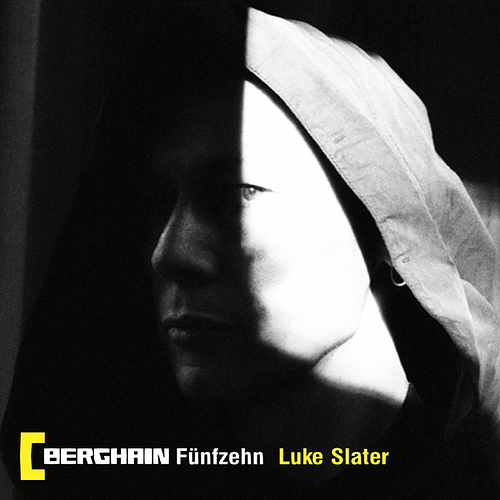When Ostgut Ton and Berghain asked me to do the anniversary DJ mix, that was the touchpaper to a fire. My brain started immediately to concoct new ideas to bury the words ‘DJ mix’ in a heavily-perfumed, rose petal trash bin. That is, with a viewing glass for future generations to marvel over whilst warmly remembering the original concept of mixing two records together.
On that note, I first heard two records being mixed together in 1983 – I think it was The Packman’s “I’m The Packman (Eat Everything I Can)” and Nucleus’s “Jam On Revenge (The Wikki Wikki Song)”. I was beside myself with excitement in just hearing two records fading and cutting in and out of each other. An epiphany.
I thought, how was this possible? Just listen to the way the beats sit on top of each other to create a new thing. Listen to the way bits of the next record suddenly appeared in the one playing, something that wasn’t there before; the flow of it, the technique of choosing when to do it, the skill of doing it manually.
That was then. And still I bow to and am thankful for this new concept happening at just the right time for me to embrace it, learn it and perform it.
So I thought, how can I go the extra mile on this mix with a chance to do something to push myself and hopefully bring something totally new to the world of DJ mixes? Fast forward: I decided to call the technique ‘rip the cut’. The idea was simple. The execution? Me and my big mouth had work to do. Sleeves up.
In September I asked Daniel at Ostgut Ton to send me batches of ten releases starting from 1-10 in the catalogue numbers, and from that batch I would scalpel, cut and process both large and micro parts of the releases. This was my sound arsenal, my ammunition, my only source of sounds. With that pot I would then create a totally new track in its own right, both reflecting me and the artists whose releases I was using.
The rules were: 1. It shouldn’t sound like a remix or a mash-up. 2. The track had to stand up on its own as a well-produced new track. 3. Don’t get influenced by your favorite Ostgut Ton tracks or in discovering new ones. The third rule was the hardest to follow, because the talent and quality of a lot of those tracks stands out when you get up close with them. All I was focused on was: sound, loop, texture, rhythm, frequency. I had to wear the hat of producer, engineer, DJ, entertainer, nerd, performer and psychologist at the same time. No problem.
In January I had 26 new tracks, created from 125 Ostgut Ton 12”s and 30 album releases. Then I took some of those tracks and mixed them together in a very traditional way. The excitement, for me, is that the records in the DJ mix never existed before. These are tracks made from ripping the cut. And so the DJ mix mixing itself reverts back to its original concept.
– Luke Slater, Spacestation Ø, March 2020 –
literally only other person i know who did a surgical plunderphonic mix like this was richie hawtin with de9 2 & 3. this gonna be very good for sure

